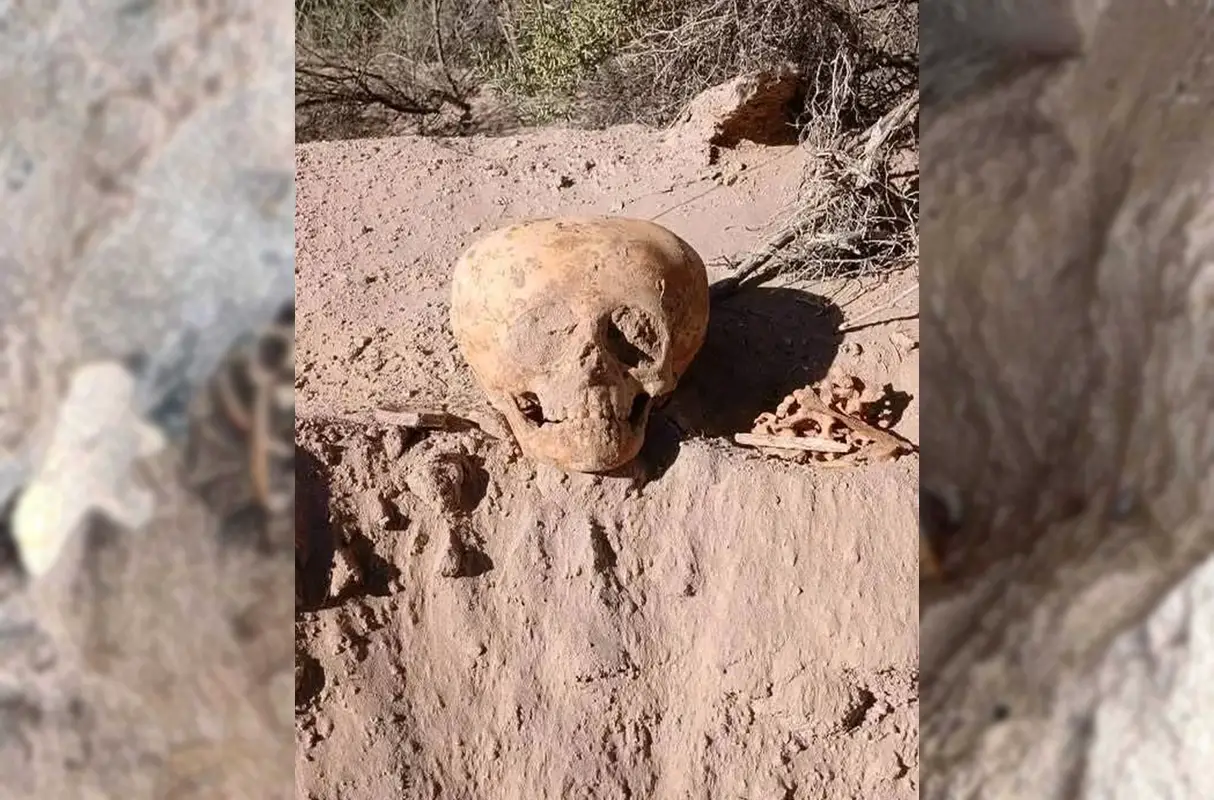Construction workers in San Fernando, Argentina, recently uncovered a mysterious skull with an unusual, deformed morphology.
The discovery quickly went viral on the nation’s social media, sparking speculation that the remains belonged to a new type of species or group of archaic humans. Some sensationalist local media even suggested it could be so-called “antmen.”
The skull was found deposited in a funerary urn, alongside a second urn that also contained skeletal remains.
Archaeologists from the Belén Department of Catamarca, specifically the Archaeological Studies Group (GEA) at the UNCA School of Archaeology, have published an explanation as to the skull’s cultural origin.
According to the experts, the deformation is not anomalous, but the result of ancient cultural practices that were commonplace by groups such as the Ciénaga and Aguada people that lived between the 3rd and 12th centuries AD.
Known as erect tabular deformation, the process involved applying pressure to infants’ skulls with splints or bandages while the bones were still pliable.
The result is a skull that is elongated vertically, with a distinct flat or curved line across the back of the skull. The altered shape served various purposes, denoting social status, group affiliation, or spiritual beliefs.
“Interpreting these findings offers an opportunity to deepen our connection with our ancestry. By respecting and valuing these cultural practices and their meanings, we honour the memory of our ancestors and connect with them through our shared human experience,” said the GEA.
Header Image Credit : El Ancasti
Sources : Belén Department of Catamarca, specifically the Archaeological Studies Group (GEA) at the UNCA School of Archaeology





